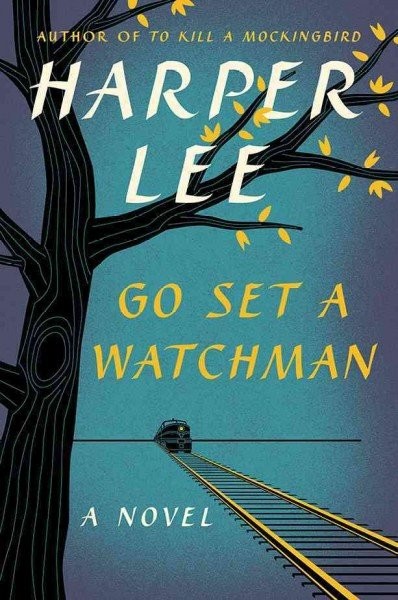As another Southern writer once said, “You can’t go home again.” In Harper Lee’s Go Set a Watchman, which takes place in the mid-1950s, a 26-year-old Scout Finch takes the train from New York City home to Maycomb, Ala., and finds the familiar world turned mighty strange.

TV and air-conditioning have changed the landscape, and beloved childhood friends like Dill and her brother Jem have vanished. Others, like Calpurnia, look at Scout, here called by her grown-up name of “Jean Louise,” as though she were, well, a white lady.
And then there’s Atticus. Now 72 and crippled by arthritis, he’s still a wry patriarch, but in one of the novel’s key scenes — set, as in To Kill a Mockingbird, in Maycomb’s courthouse — Atticus allies himself with the kind of men who several years later stood shoulder to shoulder with Bull Connor and George Wallace.
Go Set a Watchman is a troubling confusion of a novel, politically and artistically, beginning with its fishy origin story. Allegedly, it’s a recently discovered first draft of To Kill a Mockingbird, but I’m suspicious: It reads much more like a failed sequel. There are lots of dead patches in Go Set a Watchman, pages where we get long explanations of, say, the fine points of the Methodist worship service.
The novel turns on the adult Scout’s disillusionment with her father — a disillusionment that lovers of To Kill a Mockingbird will surely share. Reeling from the Supreme Court’s recent ruling in Brown v. Board of Education, Atticus reveals himself as a segregationist and a reactionary extremist. He’s a staunch proponent of states’ rights, a critic of federal programs, even popular ones like Social Security and the G.I. Bill, and a foe of the NAACP.

9(MDAxOTAwOTE4MDEyMTkxMDAzNjczZDljZA004))

